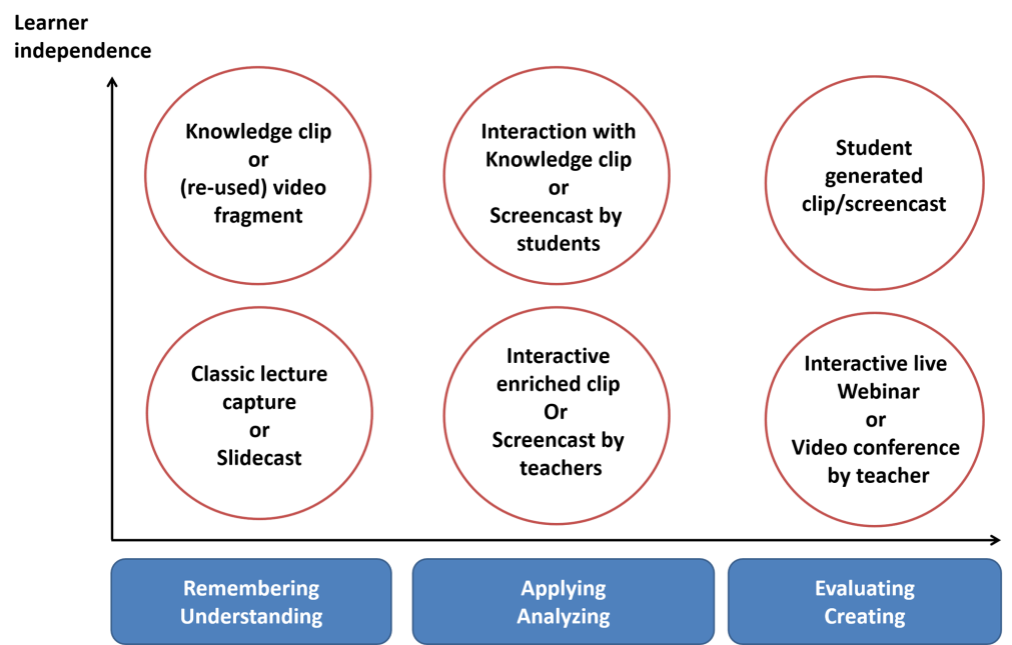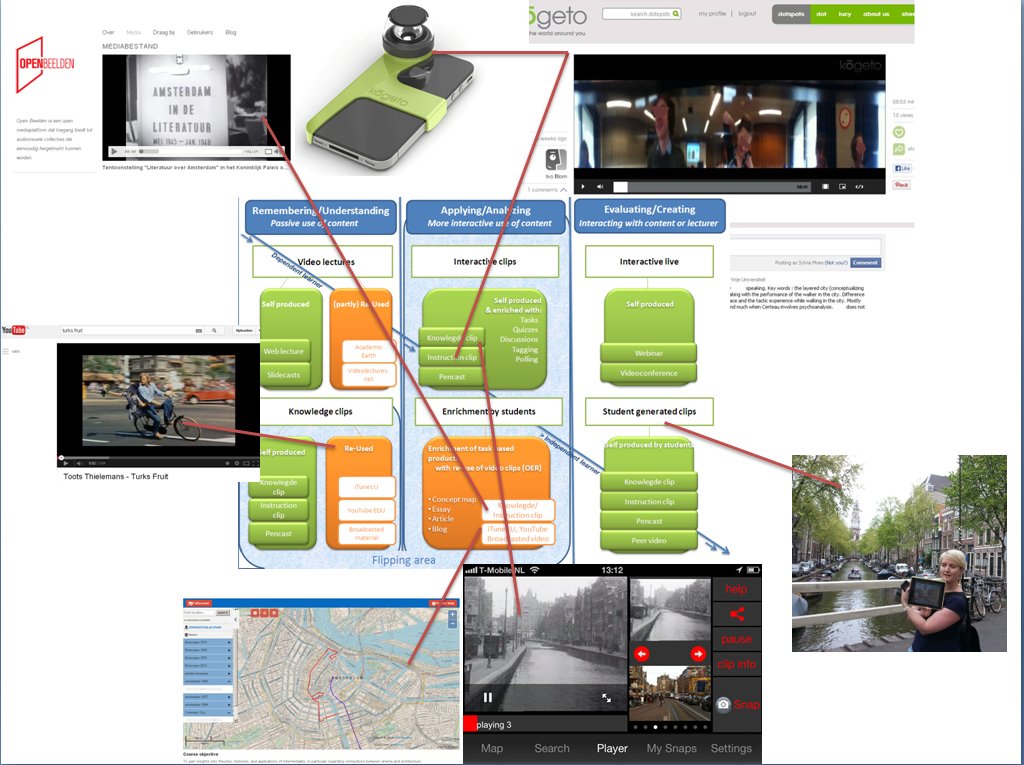Het arrangement Video in education is gemaakt met Wikiwijs van Kennisnet. Wikiwijs is hét onderwijsplatform waar je leermiddelen zoekt, maakt en deelt.
- Auteur
- Laatst gewijzigd
- 17-06-2021 15:02:37
- Licentie
-
Dit lesmateriaal is gepubliceerd onder de Creative Commons Naamsvermelding 4.0 Internationale licentie. Dit houdt in dat je onder de voorwaarde van naamsvermelding vrij bent om:
- het werk te delen - te kopiëren, te verspreiden en door te geven via elk medium of bestandsformaat
- het werk te bewerken - te remixen, te veranderen en afgeleide werken te maken
- voor alle doeleinden, inclusief commerciële doeleinden.
Meer informatie over de CC Naamsvermelding 4.0 Internationale licentie.
Aanvullende informatie over dit lesmateriaal
Van dit lesmateriaal is de volgende aanvullende informatie beschikbaar:
- Eindgebruiker
- leerling/student
- Moeilijkheidsgraad
- gemiddeld
- Studiebelasting
- 4 uur 0 minuten
Gebruikte Wikiwijs Arrangementen
Video in het onderwijs. (z.d.).
Elaboration 'Cinematic City'
https://maken.wikiwijs.nl/177312/Elaboration__Cinematic_City_
Video in het onderwijs. (z.d.).
Goal: Complex matter
Video in het onderwijs. (z.d.).
Goal: Getting acquainted
Video in het onderwijs. (z.d.).
Goal: Increase prior knowledge
https://maken.wikiwijs.nl/178139/Goal__Increase_prior_knowledge
Video in het onderwijs. (z.d.).
Goal: Interim knowledge testing
https://maken.wikiwijs.nl/178143/Goal__Interim_knowledge_testing
Video in het onderwijs. (z.d.).
Goal: Training skills
Video in het onderwijs. (z.d.).
Video in het onderwijs



